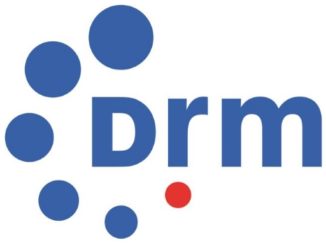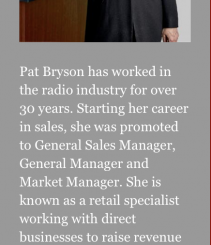
DRM smart radio presented to the Indonesia ICT standardisation forum
At the end of December 2021, the DRM Consortium was invited to give a comprehensive presentation at the annual Indonesia ICT Standardization Forum, this time with the theme “ICT Standardization for Accelerating Digital Transformation”.The event was organised by the Indonesian regulator, Kominfo, on December 28 and the DRM presenter, Sharad Sadhu reports:“At this event, DRM shared the platform with diverse industry players, all focussing on how standardisation of digital technologies pushes digital transformation in the associated industries such as in mobile communications (5G, IoT, ORAN, AIML) and in broadcasting technologies.
The well-organised Standardisation Forum event provided information and expertise to the 250 attendees. Industry experts made presentations on aspects of digital transformation of mobile devices, 5G devices in Indonesia, device controlling for Public Protection, ICT Trends at the ITU and mobile broadband technology trends.The DRM Consortium presentation addressed the topic of Digital Broadcasting Technology Trends, focussing on the theme “DRM Smart Radio Accessible to All”. Introducing the DRM system as the digital radio broadcasting system of choice in all bands of radio broadcasting, the presentation focussed on the main aspects of DRM digital radio in the FM band, as applicable to Indonesia; use of current FM spectrum through RF slot insertion, multiple audio and multimedia services, Journaline and derived services such as Emergency Warning, Radio Schooling, Highway services and public signage. Very favourable Capex and Opex cost benefits accrued by using the DRM system were highlighted leading to an analysis of why Indonesia should consider using the DRM system. A flavour of the DRM receivers in the market and ‘DRM Around the World’ concluded the presentation.In the Q&A session, questions were asked on the versatility of DRM radio for covering the cities, villages, islands, valleys, and hills of Indonesia and about the need for affordable receivers. These were replied to at length and the participants were satisfied with the answers.The DRM Consortium trust that the authorities in Indonesia will consider these aspects of the DRM system and rollout the digitisation of radio broadcasting in Indonesia using the versatile and flexible DRM.” […]





